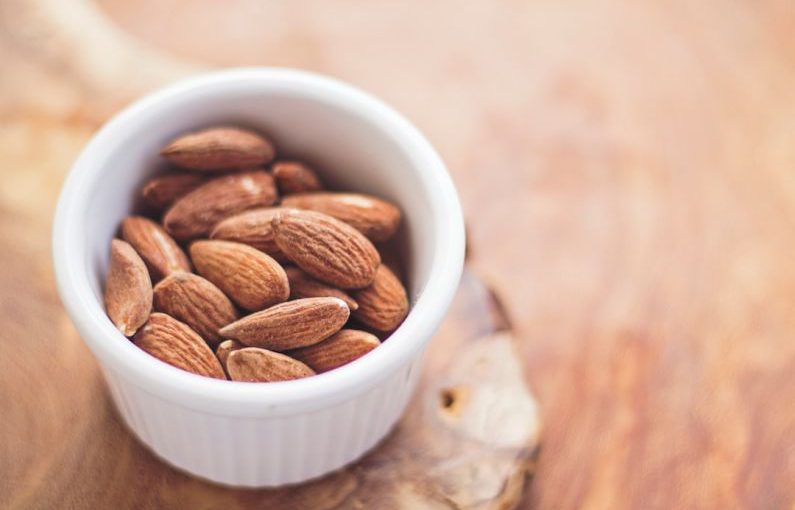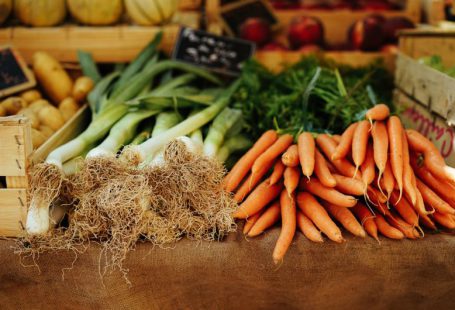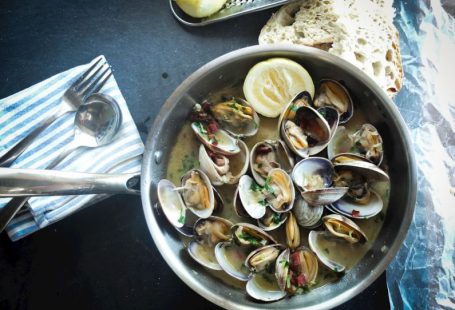The Internet of Things (IoT) is revolutionizing various industries, and the food chain is no exception. From farm to fork, IoT technology is transforming the way food is produced, processed, transported, and consumed. This interconnected network of devices, sensors, and software is enhancing efficiency, improving quality, and ensuring safety in every step of the food supply chain.
**Smart Agriculture**
In the agricultural sector, IoT devices are being utilized to monitor crop conditions, optimize irrigation, and enhance livestock management. Farmers can now remotely monitor soil moisture levels, temperature, and humidity in real-time using IoT sensors. This data enables them to make informed decisions about when to irrigate, apply fertilizers, or take preventive measures against pests and diseases. Livestock farmers are also benefiting from IoT technology by tracking animal health, behavior, and location through connected devices. This data helps farmers detect illness early, improve breeding practices, and enhance overall animal welfare.
**Precision Farming**
Precision farming is a farming management concept that uses IoT technology to tailor farming practices to specific conditions within fields. By analyzing data from sensors, drones, and GPS technology, farmers can create customized treatment plans for different areas of their land. This targeted approach minimizes waste, reduces environmental impact, and improves crop yields. For example, IoT-enabled tractors equipped with GPS systems can precisely plant seeds, apply fertilizers, and harvest crops, optimizing resource usage and increasing efficiency.
**Supply Chain Management**
IoT is revolutionizing supply chain management in the food industry by providing real-time visibility and traceability of products from farm to table. Sensors and RFID tags can track the location, temperature, and condition of food products as they move through the supply chain. This data ensures that perishable goods are stored and transported under the optimal conditions to maintain quality and freshness. In the event of a food safety issue or contamination, IoT technology enables quick and precise identification of affected products, preventing widespread recalls and minimizing consumer risk.
**Smart Retail**
In retail environments, IoT devices are enhancing the shopping experience for consumers and streamlining operations for retailers. Smart shelves equipped with sensors can automatically track inventory levels, monitor expiration dates, and send alerts when products need to be restocked. RFID tags on products enable retailers to track product movement, prevent theft, and analyze consumer behavior to optimize product placement and marketing strategies. IoT-powered checkout systems, such as self-service kiosks and mobile payment options, offer convenience to shoppers and reduce waiting times at the point of sale.
**Food Safety and Quality Assurance**
Ensuring food safety and quality is a top priority for the food industry, and IoT technology plays a crucial role in achieving these goals. IoT sensors can monitor temperature, humidity, and hygiene levels in food processing facilities to prevent contamination and spoilage. Blockchain technology, often integrated with IoT devices, creates an immutable record of food products’ journey through the supply chain, providing transparency and accountability. In case of a foodborne illness outbreak, IoT data can quickly identify the source of contamination, enabling swift containment and mitigation measures.
**Empowering Consumers**
The adoption of IoT technology in the food chain empowers consumers to make more informed choices about the food they eat. Smart packaging labels can provide detailed information about a product’s origin, ingredients, nutritional content, and sustainability practices. IoT-enabled kitchen appliances, such as smart fridges and ovens, can help consumers track food inventory, plan meals, and reduce food waste. By leveraging IoT data, consumers can make healthier, more sustainable food choices that align with their values and preferences.
**Innovations on the Horizon**
As IoT continues to evolve, new innovations are emerging to further enhance the food chain. Artificial intelligence and machine learning algorithms are being integrated with IoT devices to predict crop yields, optimize supply chain routes, and forecast consumer demand more accurately. Robotics and automation technologies are revolutionizing food processing and packaging operations, increasing efficiency and reducing labor costs. With ongoing advancements in IoT, the food industry is poised to become more resilient, sustainable, and responsive to the evolving needs of consumers and the environment.
**Driving a Connected Food Future**
The Internet of Things is reshaping the food chain, creating a more connected, intelligent, and efficient ecosystem from farm to fork. By harnessing the power of IoT technology, stakeholders across the food industry can improve productivity, ensure food safety, reduce waste, and meet the demands of a rapidly changing market. Embracing IoT innovations is essential for building a sustainable and resilient food system that benefits consumers, producers, and the planet. The future of food is connected, and IoT is leading the way.





